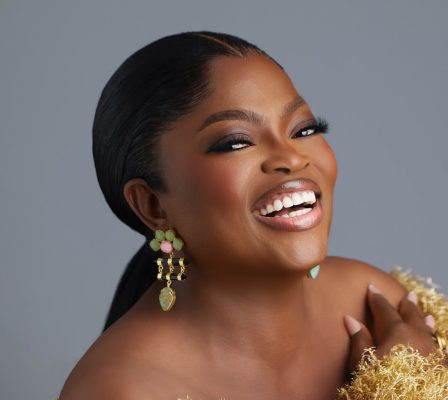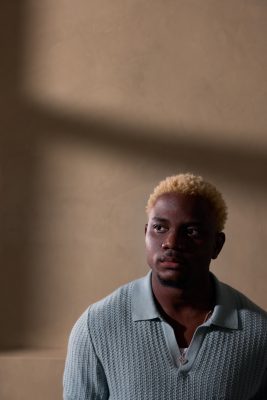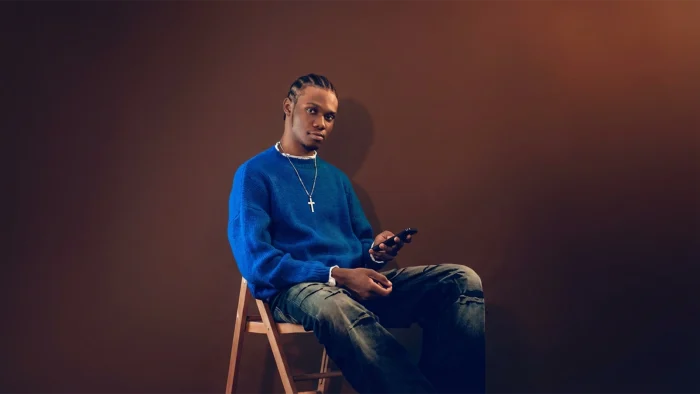In the ever-busy streets of Lagos, walls speak volumes. Not with whispers or echoes, but with bright colours, bold strokes, and messages that touch hearts and challenge minds. Nigeria’s street art revolution is alive, breathing life into concrete jungles and telling stories that words alone cannot capture.
A canvas of culture
Street art isn’t just graffiti; it’s a movement. From the bustling avenues of Lagos to the quieter streets of Enugu, walls have become the voice of the people. Artists like Adejokun James Oluwatobi, who mixes Afrocentric designs with modern styles, and the anonymous yet powerful painters in Mushin and Ajegunle, use their craft to reflect Nigeria’s rich cultural heritage. Each piece carries fragments of our history, weaving tales of resilience, joy, and unity.
“Asides the brilliant visual beautiful representation that comes with it, art, murals and graffiti have served as canvas of culture by acting as an expressive and visual medium to capture, reflect, and communicate the beliefs, values, history, and social dynamics of our culture, enabling the transmission of cultural heritage across generations and providing key knowledge into a society’s worldview and experiences,” said James Adejokun.
READ ALSO: Beeta Arts Festival celebrates talents in Abuja
Walk down Broad Street on Lagos Island, and you’ll encounter murals that celebrate icons like Fela Kuti and Chinua Achebe. These works don’t just honour legends; they inspire the youth to dream big and remember their roots. In Ibadan, murals depicting traditional Yoruba folktales bridge the gap between old and new generations, reminding us of the values that bind us together.
Voices of change
Street art is no longer just decorative; it’s transformative. During the #EndSARS protests, murals and graffiti served as both memorials for lost lives and rallying cries for justice. Artists painted bold slogans and heartbreaking portraits that moved Nigerians to act. These works transcended aesthetics, becoming tools for advocacy and platforms for dialogue.
Take the iconic “Soro Soke” mural in Lagos, for example. Its fiery colours and raw imagery demand attention, urging passersby to speak up and challenge the status quo. In Kano, street art tackles issues like girl-child education and climate change, reminding communities of the power of awareness and collective action.
From streets to global recognition
Nigerian street artists are not just making waves locally but are also gaining international acclaim. Dipo Doherty, known for his intricate, geometric patterns, has showcased his work in galleries worldwide.
Meanwhile, the dynamic duo of Nsibidi Institute uses street art to revive ancient Nigerian scripts, blending tradition with contemporary flair. In Ayoola Gbolahan’s artistic creations, the world is discovering the depth and diversity of Nigerian creativity.
Social media has also amplified the reach of these artists. Platforms like Instagram and Twitter serve as virtual galleries, connecting street art enthusiasts across the globe. Hashtags like #NaijaStreetArt and #VoicesOnTheWalls bring attention to this growing movement, sparking conversations and collaborations.
The role of community
Street art in Nigeria thrives on community spirit. Artists often collaborate with locals, transforming forgotten alleys into colourful spaces of pride and unity. In Abuja, the “Paint Your Dream” initiative invites children to co-create murals, giving them a voice and fostering creativity. Similarly, grassroots projects in Port Harcourt turn dilapidated buildings into canvases of hope, proving that art can rejuvenate even the most neglected areas.
Challenges and opportunities
Of course, the journey hasn’t been without hurdles. Street artists often face resistance from authorities who misunderstand their work as vandalism. Limited funding and access to materials also pose challenges. Yet, these obstacles only fuel the artists’ determination.
Many now partner with NGOs and corporate sponsors to fund their projects, ensuring their messages continue to shine brightly.
READ ALSO: Save visual arts sector from going into extinction, art curators urge FG
As the movement grows, there’s an increasing call for public policies that support street art. Legalised art zones and government-backed initiatives could further boost this vibrant scene, creating opportunities for more artists to showcase their talents.
In a world where walls often divide, Nigerian street art unites. It’s not just about the paint; it’s about the people, the stories, advice and the hope that tomorrow can be brighter, bolder, and more colourful.
So, step into the streets and let the walls speak to you. After all, these voices on the walls are our voices—proud, powerful, and unapologetically Nigerian.







